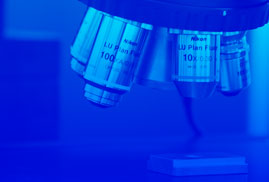This paper shows the work done on the correction of laser milled geometries on biocompatible ceramic material for medical prostheses. After the exposition of the error detection and correction methodology to be followed after the machining of a geometrical feature, the experimental procedure for the application of the methodology is detailed. Finally, the obtained results are exposed and discussed. The results show that the error detection methodology is able to properly identify the defective zones and define a laser milling process for their correction, in order to obtain a geometry within the defined tolerances in comparison to the theoretical one.


